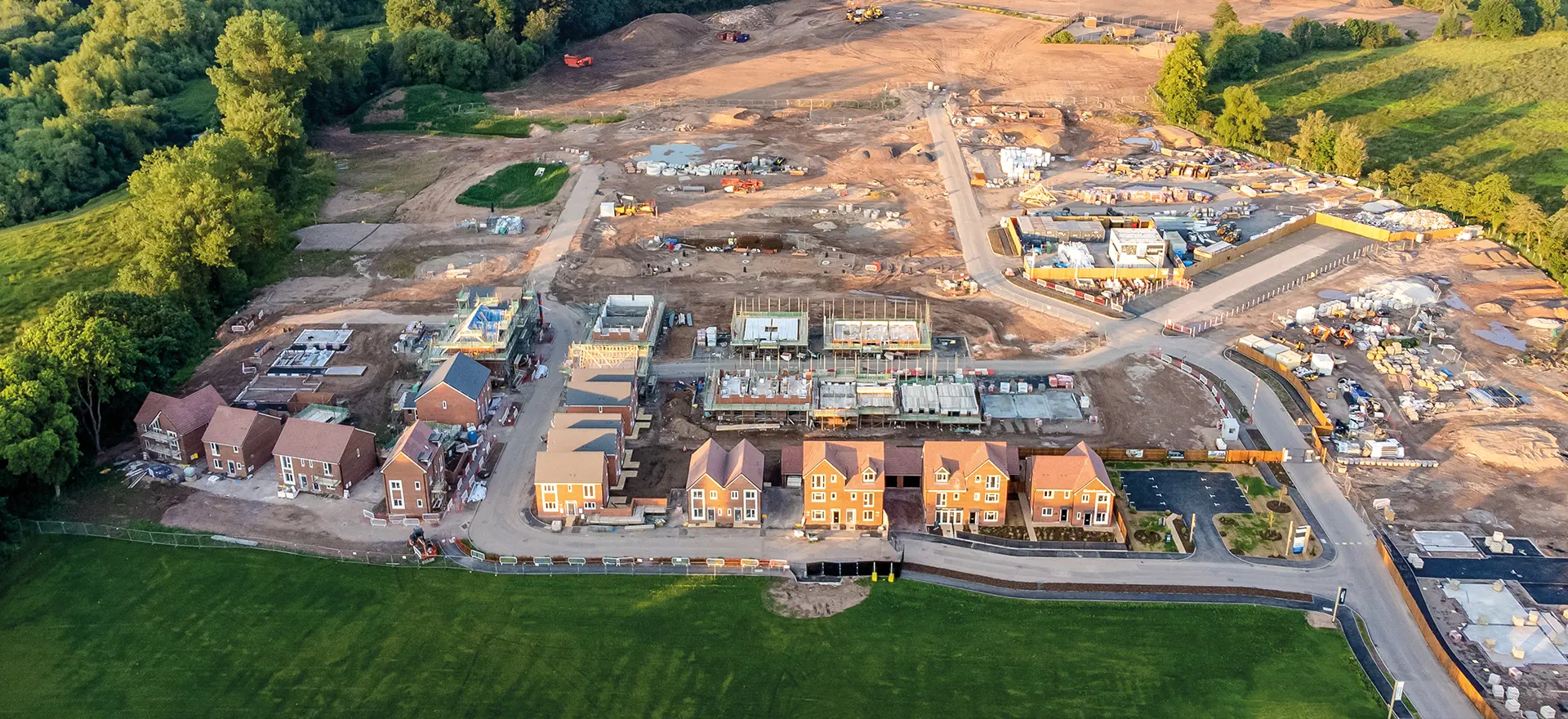As we wait for the Government to publish its response to the recent NPPF consultation, and issue a revised version of the Framework, the issue of housing need is being debated more widely than ever by politicians, planners and those involved in the industry. But aside from the question of how many new homes we need and where they should go, there is another central issue at the heart of any discussion regarding the delivery of new housing: viability.
At its most basic level, viability relates to the relative balance between the value generated by a development and the costs associated with its delivery. If a scheme is not viable then, generally speaking, it is unlikely to come forward. The issue of development viability has long been an important consideration in the planning system with the focus tending to have been on whether specific policy requirements (for example, relating to affordable housing provision of Section 106 contributions) can be sustained. Planning policy in England and Wales now seeks to front-load all consideration of development viability so that it is given a much greater emphasis at strategic plan preparation stage. By placing viability at the heart of the plan-making process, the assumption is that developments that accord with the strategic plan will be viable. It would be for an applicant to demonstrate why the viability of their development is compromised because of changes in circumstances since the plan was prepared and adopted.
At a time of continued very high inflation – with the cost of building materials rising at a particularly alarming rate – house prices stagnating or even falling in many places, and policy expectations increasing, the viability challenge has never been so acute. Coupled with the deepening housing crisis, the need to get any consideration of viability right is greater than ever.
In considering viability, planning policy advocates the use of standardised inputs. This was considered in detail by Dove J in the case of
R (Holborn Studios) v London Borough of Hackney (2020). Paragraph 63 of that judgment noted that the PPG
“makes clear the preparation of a viability assessment ‘is not usually specific to that developer and thereby need not contain commercially sensitive data’.” In the absence of any guidance on the inputs that should be applied, Lichfields’
Fine Margins research provides clarity on the issue.
The combination of viability being front loaded into the plan-making process and the standardisation of inputs has necessitated a change in approach. As a pre-eminent planning and development consultancy, which understands the relationship between planning policy and viability and have extensive experience in assisting clients through the plan making process, Lichfields is uniquely placed to help.
How can Viability help?
Our new viability tool is designed to help clients navigate the local plan/CIL process by supporting the promotion of sites, assessing evidence prepared to inform strategic plans, and informing our presentation of evidence to local plan and CIL examination. A summary of the key stages of viability input is summarised below:
The tool can be applied in a flexible way and shaped to reflect the increasing level of detail that is required as a strategic plan moves through the various stages of consultation towards submission, examination and adoption. This might include a high-level overview of viability issues to inform candidate site submissions, with additional detail provided as plans for the site and the local authority’s policy aspirations become clearer.
In addition, recognising the need for strategic plans to be flexible in responding to changing circumstances, our
Viability tool can also be applied at planning application stage and inform the case for the renegotiation of viability where necessary.
The ongoing – and deepening – housing crisis can be overcome. To do so, it will be necessary to bring an adequate supply of high-quality homes, of the right types and tenures, and in the right places. Ensuring that those developments are viable will be essential to their delivery. Viability now lies at the heart of the planning process and needs to be given due regard from the earliest stages of site promotion. Lichfields has the experience and expertise to navigate this area of the system and provide a robust, evidence-led case for development at each phase of the planning process. In so doing, we can assist in ensuring that local plans include deliverable housing allocations and that viable new housing sites come forward in way that balance the needs of all stakeholders whilst also providing high quality new spaces for people to live.
Please
get in touch if you would like to discuss how we might help you.





